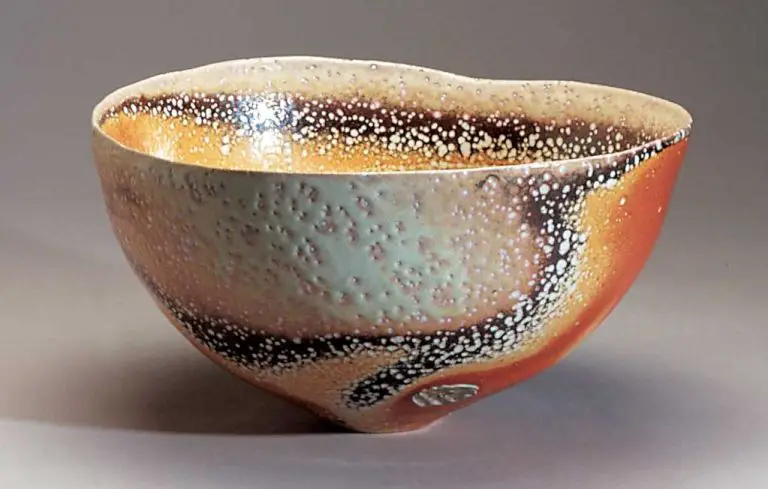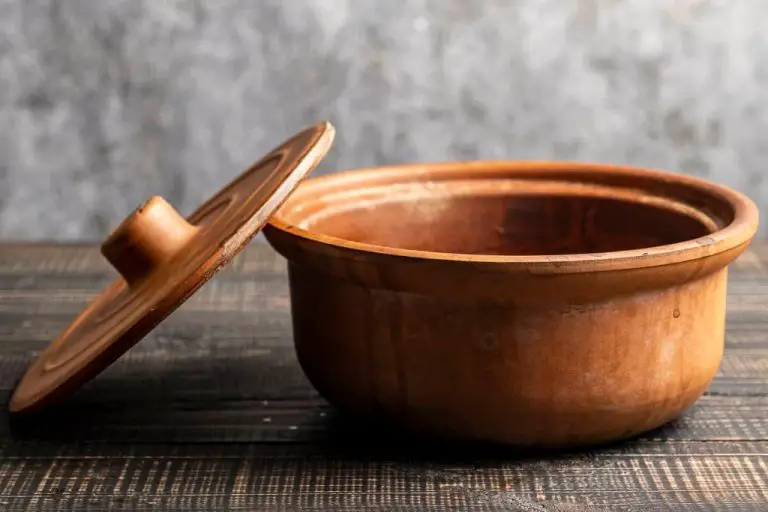How Do You Prepare Clay Pebbles?
Clay pebbles are small, rounded pellets made from natural clay. They are an extremely useful growing medium for hydroponic and aquaponic systems. Clay pebbles provide an inert substrate that helps anchor plants while still allowing excellent drainage and aeration to plant roots.
The porous structure of clay pebbles makes them ideal for hydroponics. They retain just enough moisture while still allowing excess water to drain away easily. This helps prevent root rot and other problems caused by overwatering.
Clay pebbles are lightweight, pH neutral, and reusable. They are an eco-friendly and sustainable alternative to materials like perlite or rockwool. When cared for properly, the same clay pebbles can be rinsed and reused for several grow cycles.
Overall, clay pebbles offer a simple and effective way to grow healthy plants hydroponically. Their unique water retention abilities, drainage, and aeration perfectly support plant growth in both small and large hydroponic systems.
Gather Materials
The main ingredients you’ll need to make clay pebbles are clay, water, and a few basic tools. Here are the key materials to have on hand before starting:
- Clay – Use natural earthen clay, polymer clay, or other sculptable clays. You’ll want one that can hold its shape when dried, not something like Play-Doh that rehydrates easily. Get a few pounds to start.
- Water – Have a bowl or pitcher of clean water available to moisten the clay mix as you work it.
- Rolling Pin – A basic wooden or acrylic rolling pin will help flatten and shape the pebble clay rolls.
You’ll also want some basic sculpting tools like craft sticks, silicone shapers, or rubber stamps to add texture. Optional items are cookie cutters for shaping, a plastic drop cloth to keep surfaces clean, and gloves to keep hands from drying out when working the clay.
Make the Clay Mix
When making clay pebbles, it’s crucial to have the right ratio of clay to water. Generally, you’ll want a fairly thick, firm mixture that’s still pliable. The standard ratio is around 1 part water to 2 or 3 parts clay. Start with less water, as you can always add more.
Place the dry clay into a large bowl or bucket. Slowly incorporate the water, mixing continuously, until you achieve a smooth, uniform mixture. The clay should be moist but not dripping wet. Too much water will result in pebbles that are prone to cracking and crumbling.
Thoroughly knead the clay mixture by hand for 5-10 minutes. This helps blend the water into the clay evenly. Kneading also eliminates air pockets that can cause bubbles or cracks in the finished pebbles. The clay should become silky and homogeneous when adequately kneaded.
Form the Pebbles
One of the most fun parts of making clay pebbles is rolling, shaping, and creating different sized pieces to end with a diverse array. You want a range of sizes from small 1⁄2” pieces to larger 1-2” pieces. It helps to roll out long snakes of clay, coil them into rounder balls, and shape them with your fingers. Try pinching and flattening some pebbles for more variation. Add texture by pressing your fingers, a toothpick, or other tools into the soft clay.
Aim to make the pebbles imperfect with natural, organic looking forms. Having a mix of pebble sizes and shapes will help them blend and look more realistic when using them in potted plant soil or an aquascape. Don’t worry about making them perfectly round. Create some oblong, oval, and spherical shaped pieces. Pebbles found in nature have variation.
Dry the Pebbles
After forming the pebbles, it’s important to dry them slowly and thoroughly before curing. There are a couple ways to dry clay pebbles:
Air Drying
Air drying is the most natural method. Simply spread out the pebbles in a single layer and allow them to sit at room temperature. Air drying can take 1-2 weeks depending on the size and thickness of the pebbles and the humidity of the environment. Turn the pebbles over about halfway through to ensure even drying.
Using a Dehydrator or Oven
A food dehydrator or oven set on a low temperature (200°F or less) can speed up the drying time to just 1-2 days. Place pebbles on dehydrator trays or baking sheets in single layers. Rotate the trays and turn pebbles over periodically for even drying. Monitor closely to avoid cracking or over-drying. Allow pebbles to cool fully before handling after oven drying.
It’s crucial not to rush the drying process. Any moisture left in the pebbles can cause issues later when curing. Thoroughly dried pebbles should feel lightweight and porous.
Cure the Pebbles
After the pebbles have dried, they need to be cured to harden and strengthen the clay. This is done by firing the pebbles in a kiln. The ideal kiln temperature for curing clay pebbles is between 175°C – 220°C (350°F-430°F). The slow ramp up and ramp down of the kiln temperature is important to prevent cracking and exploding. Once the kiln has reached the peak temperature, the pebbles should be fired for 1-2 hours.
Firing times may vary slightly depending on the size and thickness of the pebbles, as well as the type of clay used. Monitor the pebbles closely through the small peephole in the kiln. The pebbles are cured once they have sintered and hardened. The process chemically changes the clay through vitrification and makes the pebbles much more durable and water-resistant.
After firing, allow the pebbles to cool completely before removing them from the kiln. The curing process prepares the pebbles for use in hydroponics, aquaponics, and other gardening applications.
Clean the Pebbles
After the clay pebbles have thoroughly dried, the final step is to clean them before use or storage. Proper cleaning removes any dried clay, dust or debris left over from the drying process.
Start by wearing gloves and a mask to prevent exposure to clay dust. Take the dried pebbles outside or into a well-ventilated area. Use a wire brush, toothbrush or any other small stiff-bristle brush to gently brush each pebble. This will remove any dried clay or debris stuck to the outer surface.
Next, place the pebbles into a bucket or large container and fill with water. Swirl the pebbles in the water, letting any remaining dust or particles dissolve. Use your fingers to rub any stubborn dirt off each pebble. Drain the dirty water and repeat the washing process with clean water until the rinse water runs clear.
Allow the wet pebbles to air dry completely before storing or using them. Proper washing ensures no clay residue remains on the pebbles that could cloud aquarium water or affect pH balance if used for hydroponics.
Store the Pebbles
Once the clay pebbles are fully cured, you’ll want to store them properly so they stay in good condition. Here are some tips for storing clay pebbles:
Storage Containers
Keep the pebbles in an airtight plastic, glass, or metal container. Plastic storage bins or glass jars work well. Make sure the container has a tight sealing lid to keep moisture out.
Keeping Them Dry
It’s important to keep clay pebbles stored in a dry place. Any moisture can cause them to harden and become unusable. Store them in a closet, cabinet, or shelf in a spare room. Make sure the storage area stays dry and maintains a fairly stable temperature.
If the pebbles accidentally get exposed to moisture, spread them out to dry fully before returning them to the storage container. With proper dry storage, cured clay pebbles can be kept for many years.
Use the Pebbles
Clay pebbles have several useful applications once formed and cured properly. Here are some of the most popular ways to use clay pebbles:
Hydroponics
One of the most common uses for clay pebbles is in hydroponic gardening systems. The pebbles help provide support and drainage for plant roots in hydroponic setups like ebb and flow beds or drip systems. Their porous nature allows air pockets to form in the pebbles, providing oxygen to plant roots.
Clay pebbles can be reused for multiple hydroponic gardening cycles since they are inert and do not break down over time. Rinsing the pebbles between uses helps remove any built up salts.
Aquariums
Clay pebbles work well as a substrate in the bottom of aquariums. Their smooth rounded shape prevents damage to bottom dwelling fish. The pebbles won’t alter water chemistry like gravel or sand, making them ideal for aquariums.
The clay pebbles help with filtration by allowing debris to fall through and collecting on the bottom where it can be siphoned out during water changes. Using larger sized pebbles on the bottom helps prevent smaller gravel from falling through to the bottom layer.
Decorative Uses
The smooth and colorful nature of cured clay pebbles makes them attractive in a variety of decorative uses. Clay pebbles can be used in the bottom of glass vases and bowls before adding water and cut flowers or floating candles. Their bulk helps secure cut flowers and keep arrangements in place.
Clay pebbles also work well in outdoor applications like pathways, garden accents, and drainage. Larger pebbles can even make an interesting mulch around plants and trees when used alone or mixed with other natural mulches.
Troubleshooting
Cracking, mold growth, and discoloration are common issues that can occur when preparing and curing clay pebbles. Here are some tips for troubleshooting these problems:
Cracking
Cracking occurs when the clay pebbles lose moisture too quickly. To prevent cracking:
– Keep the clay moist as you are forming the pebbles
– Let the pebbles dry slowly at room temperature, not in direct sun or heat
– Avoid using too much grog (fired clay particles) in the clay body, which can make it prone to cracking
Mold
Mold growth results from curing the pebbles in a damp environment. To prevent mold:
– Ensure pebbles are fully dried before curing
– Cure pebbles in an oven or kiln to maintain consistent heat
– Discard any pebbles with mold growth
Discoloration
Discoloration is caused by impurities in the clay interacting with the curing temperature. To avoid discoloration:
– Use a pure white clay body specifically formulated for pebbles
– Cure pebbles at an even, consistent temperature
– For added whiteness, coat cured pebbles in a thin kaolin slip


